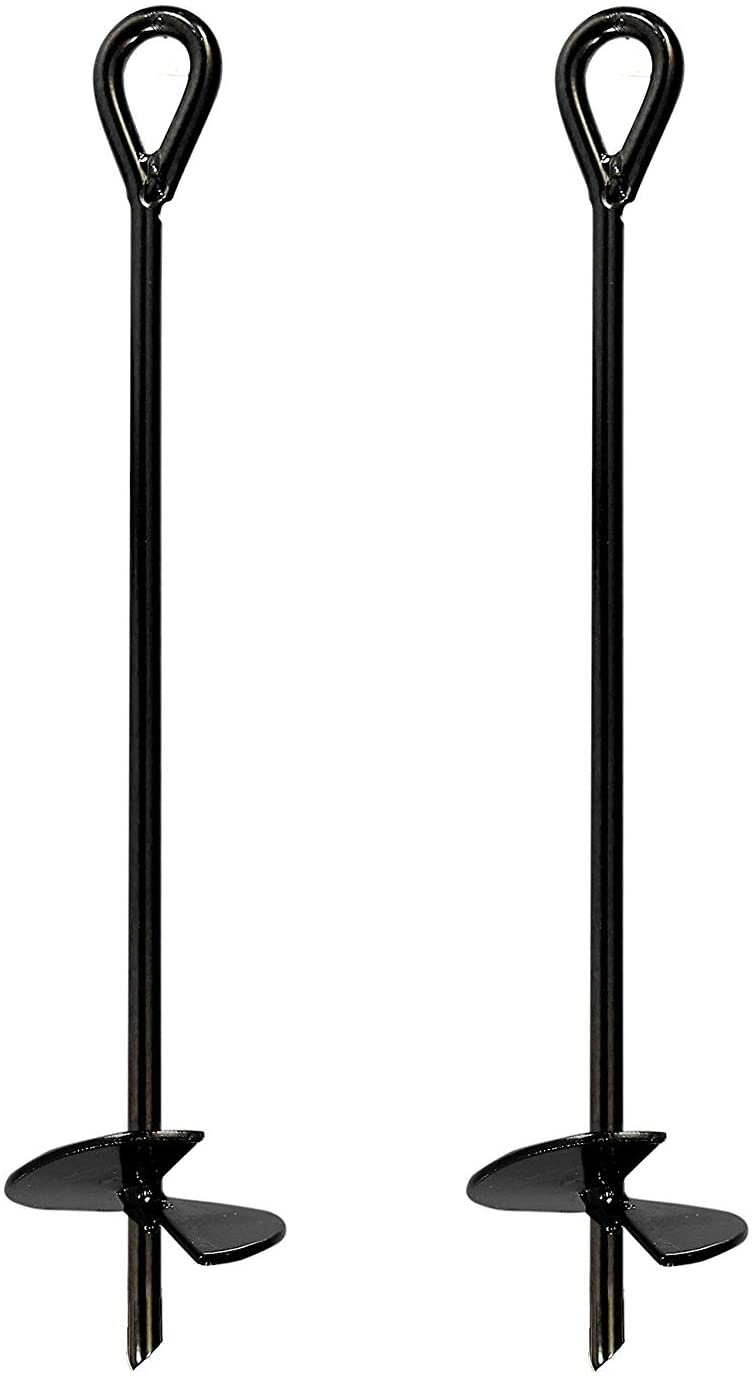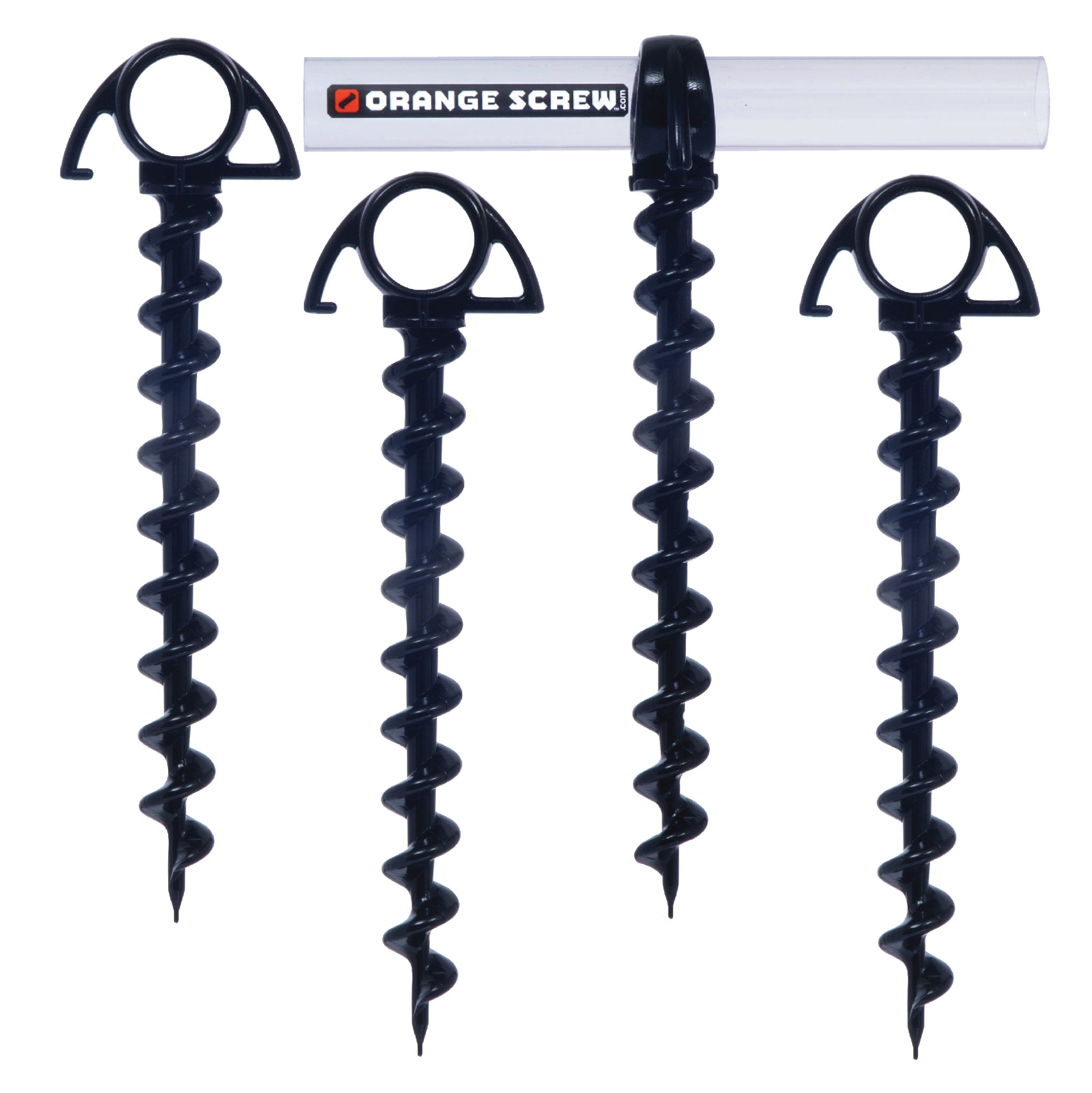Understanding the Main Categories of Ground Anchor Systems for Different Applications
Understanding the Main Categories of Ground Anchor Systems for Different Applications
Blog Article
Discover the Different Kinds of Ground Anchor for Your Following Job
From auger supports, which succeed in varied soil problems, to risk anchors developed for momentary installments, the choices are various. Additionally, concrete and screw supports existing unique benefits in particular circumstances, while deadman anchors are customized for applications requiring resistance to side forces.

Auger Anchors
Auger supports are a prominent option in different building and landscaping tasks due to their unique design and reliable securing abilities. These anchors include a helical screw-like shaft that is driven right into the ground, enabling a secure and safe hold. The spiral style assists in easy setup and makes best use of resistance versus side pressures, making auger anchors specifically efficient in applications such as fence, short-term structures, and disintegration control.
The installation procedure of auger supports is reasonably uncomplicated. Auger supports can be quickly gotten rid of and recycled, which includes to their cost-effectiveness and sustainability.
One of the substantial benefits of auger supports is their capability to disperse tons equally throughout the bordering soil, decreasing the risk of dirt disturbance and minimizing environmental impact. Furthermore, they are much less prone to heaving or loosening in time contrasted to standard securing methods. Consequently, auger anchors are an outstanding selection for projects needing long lasting and reputable anchoring solutions.

Stake Anchors
When it pertains to securing structures in a range of exterior applications, stake supports supply a dependable and straightforward solution. These supports are usually built from resilient materials such as steel or aluminum, created to endure ecological stresses while providing optimum security. Their easy layout enables for fast installation, making them a perfect choice for long-term or temporary anchoring needs.
Stake supports are specifically beneficial in securing camping tents, canopies, and various other light-weight structures versus wind and climate. They operate by being driven right into the ground at an angle, producing a strong hold that withstands pull-out forces - Ground Anchor. The efficiency of risk supports relies on a number of factors, including dirt type, moisture material, and the angle of setup
For included safety and security, numerous risk supports feature attachment points for straps or ropes, permitting stress adjustments as necessary. In applications such as landscaping or construction, they can successfully maintain tools or structures on uneven terrain. In general, stake anchors offer a versatile and economical service for protecting numerous exterior installments, making them a recommended selection for specialists and DIY enthusiasts alike.
Concrete Anchors
Concrete supports give a durable remedy for safeguarding structures to concrete surfaces, ensuring security and safety and security in various applications. These supports are necessary for projects ranging from property buildings to large-scale industrial setups. They can be found in various kinds, including growth anchors, adhesive supports, and undercut anchors, each created for particular load demands and environmental problems.
Development supports depend on mechanical systems to grip the concrete when set up. They are ideal for you can check here tool to durable applications. Adhesive anchors use high-strength epoxy or resin to bond the support to the concrete, using exceptional load-bearing capacities, particularly in split concrete situations. Undercut anchors develop an one-of-a-kind shape within the concrete, giving extraordinary holding power, specifically in applications where tensile tons prevail.
Selecting the suitable concrete support involves thinking about aspects such as the weight basics of the tons, the condition of the concrete, and environmental problems. Appropriate setup methods are vital to make certain optimum efficiency and dependability. When performed appropriately, concrete supports considerably enhance the structural integrity of numerous projects, making them crucial in contemporary construction methods. Comprehending the certain requirements of your job will certainly help in picking the ideal sort of concrete support for the job.
Screw Anchors

Screw supports are a functional fastening option that can be successfully utilized in a variety of applications where traditional concrete anchors might not suffice. These supports contain a helical layout that allows them to be easily driven into the ground, making them optimal for usage in dirt and various other substrates. Their special structure offers outstanding holding power and resistance to pull-out forces, making them suitable for numerous projects, from landscaping to structural support.
Among the primary benefits of screw supports is their convenience of setup. They call for very little equipment and can commonly be set up without the demand for excavation, which conserves both time and labor expenses. In addition, screw supports can be eliminated and reused, offering a lasting option for momentary applications.
Screw supports are especially valuable in locations where soil problems are testing, such as sandy or loosened soils. Their capability to be set up at differing depths permits for personalization based upon specific project requirements. On the whole, screw supports offer a effective and trustworthy anchoring approach, making them an excellent option for designers and contractors looking for reliable remedies for their projects.
Deadman Anchors
Deadman supports offer as a robust service for stabilizing structures in challenging conditions, especially where standard anchoring methods might fail. These supports consist of large, hefty objects hidden underground, which develop resistance against lateral pressures. The style normally includes a horizontal element, such as a block of concrete or a steel plate, hidden in the soil, to link which cords or straps are connected.
The performance of deadman anchors depends on their capability to distribute loads over a bigger location, reducing the risk of failing in unstable soil problems. They are specifically helpful in applications such as preserving wall surfaces, momentary frameworks, and slope stabilization, where soil motion can endanger the integrity of the structure.
Installation of deadman anchors requires careful preparation to guarantee they are put at the right deepness and positioning, optimizing their load-bearing capacity. While they might require more labor and product than light-weight anchors, their integrity in negative conditions makes them vital for long-term tasks. Additionally, deadman anchors are versatile and can be adapted to various applications, making them a go-to option for engineers dealing with special obstacles in their projects.
Conclusion
In summary, selecting the proper kind of ground support is crucial for ensuring stability and safety in different tasks. Auger supports excel in varied soil problems, while stake anchors match temporary applications. For concrete surfaces, growth and sticky anchors give reliable alternatives, and screw anchors offer versatility in challenging terrains. Deadman supports are especially efficient in withstanding lateral pressures for keeping wall surfaces. Mindful consideration of these options will certainly enhance project outcomes and structural honesty.
In addition, concrete and screw anchors existing unique benefits in particular scenarios, while deadman anchors are customized for applications requiring resistance to lateral pressures - Ground Anchor.Auger supports are a preferred choice in various building and landscaping jobs due to their distinct layout and reliable anchoring capacities. They come in different kinds, consisting of development supports, sticky supports, and undercut supports, each created for certain lots demands and ecological problems
Glue anchors utilize high-strength epoxy or resin to bond the support to the concrete, supplying premium load-bearing abilities, especially in fractured concrete situations. On the whole, screw anchors give a efficient and trustworthy anchoring approach, making them an exceptional selection for designers and service providers looking for effective solutions for their projects.
Report this page